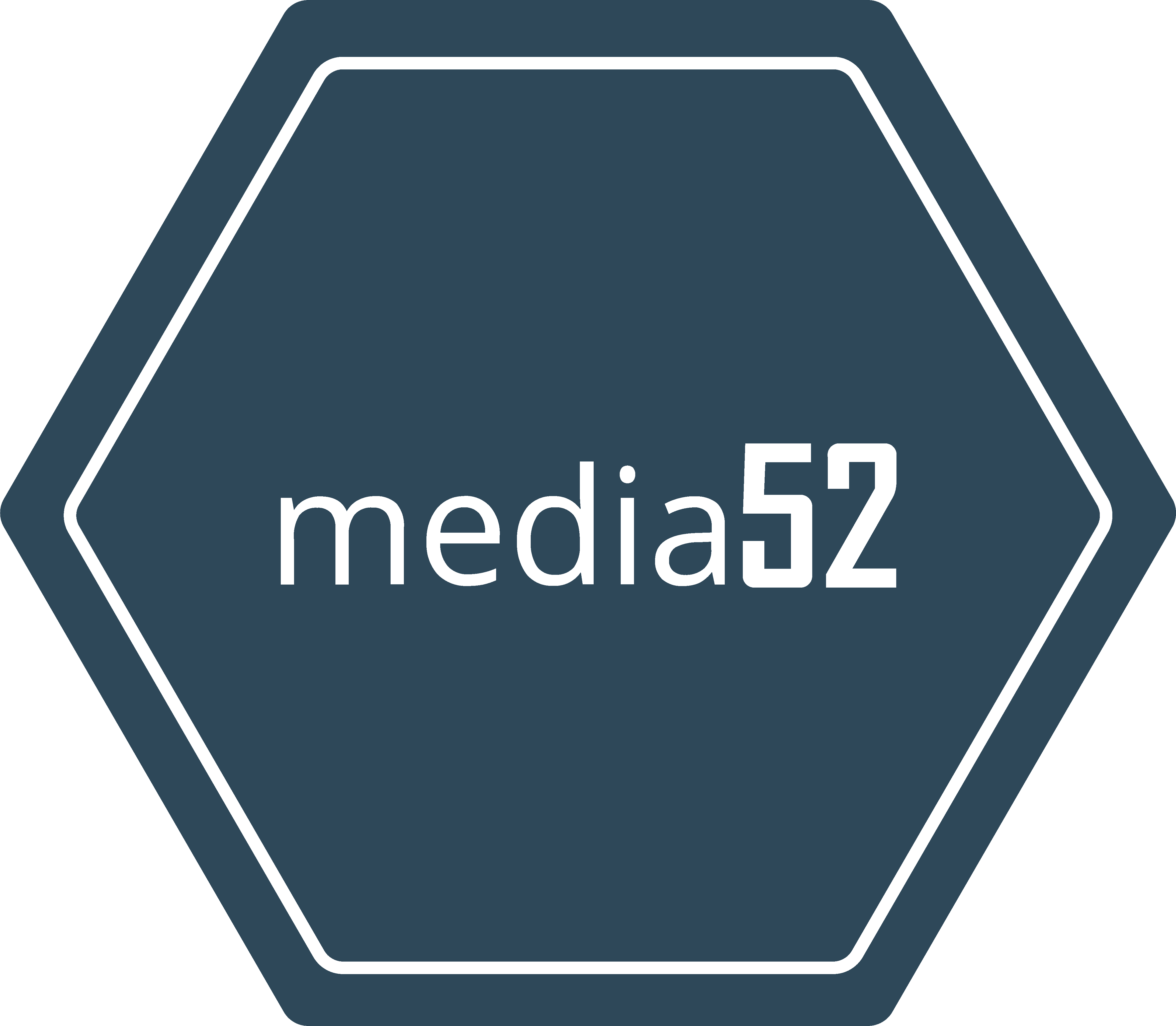Photonics Innovation Revolutionizes Chiral Molecule Detection

Amsterdam, Monday, 23 June 2025.
Recent photonics advances now enable more efficient detection of chiral molecules, transforming analytical science, particularly in the Netherlands, with improved enantiomer identification in biochemical research.
The Role of Photonics in Molecular Detection
Recent studies in the field of photonics have made groundbreaking strides in the detection of chiral molecules, which are pivotal in multiple scientific disciplines, including biology and pharmacology [1]. This advancement is crucial as it enhances the ability to distinguish between enantiomers, molecules that are mirror images of one another, which can have vastly different biological effects [1][2].
How the Technology Works
The enhanced detection capabilities are achieved through innovative use of dielectric nanostructures, such as arrays of holey silicon disks, which leverage the Kerker effect to produce ultrachiral and uniform near-fields [1]. This design capitalizes on strong electric and magnetic resonances, facilitating intense optical chirality that improves enantiomeric differentiation by a significant margin [1]. These metasurfaces enhance differential absorption by up to 24 times compared to conventional methods [1].
Key Players and Geographic Context
The core research behind these advancements was conducted by scientists who are notably affiliated with Eindhoven University of Technology in the Netherlands, including researchers like Mike Pols and Shuxia Tao. This has positioned the Netherlands as a notable hub for cutting-edge photonic and nanoscale research, especially given its growing demand for precise chemical analysis [2][3]. The support from the Dutch Research Council (NWO) further underscores the local commitment to advancing this field [3].
Implications and Future Applications
This technological breakthrough in chiral molecule detection has far-reaching implications. In pharmaceuticals, for instance, it can lead to the development of more targeted and effective drugs by enabling the precise differentiation of enantiomers, which can have different therapeutic or toxicological effects [1]. Moreover, increased sensitivity and accuracy in biochemical analyses are likely to benefit a wide array of research fields, ultimately streamlining processes that rely on the identification of chiral compounds [2].

